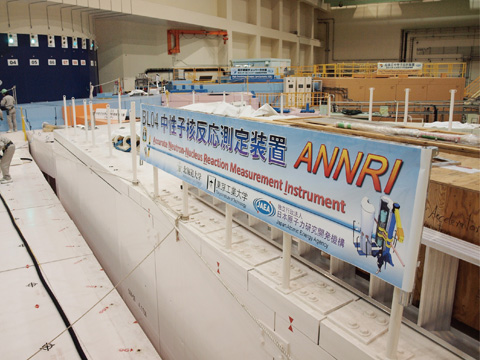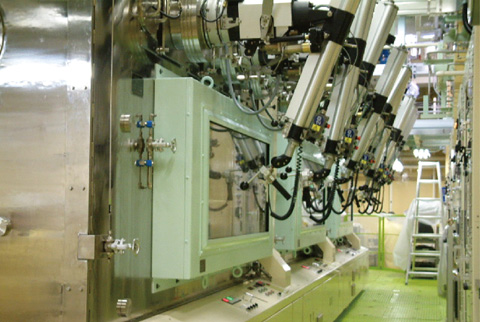
Fig.8-1 Roles of nuclear science and engineering research

Fig.8-2 Beam line developed for nuclear data measurement (ANNRI) at the Materials and Life Science Experimental Facility of J-PARC

Fig.8-3 Module for TRU High-Temperature Chemistry (TRU-HITEC) installed at NUCEF
Nuclear science and engineering research aims at the promotion of various activities, as shown in Fig.8-1, including recovery from the accident at the Tokyo Electric Power Company, Incorporated Fukushima Daiichi Nuclear Power Station (1F). To this end, research is being conducted in the areas of nuclear data and reactor engineering, fuels and materials engineering, nuclear chemistry, and environment and radiation science. Joint research with industry and academia is also being promoted via the Nuclear Engineering Research Collaboration Center (NERCC).
In the area of nuclear data and reactor engineering, the Japanese Evaluated Nuclear Data Library (JENDL) is being edited, and nuclear data are being measured to improve it (Fig.8-2). Calculation methods for nuclear reactor design are also being studied (Topics 8-1, 8-2, 8-3). Regarding the accident at 1F, a simple calculation tool to estimate the decontamination effect on land was developed and released to the public. Analysis of the accident is also under way (Topics 1-12, 1-19).
In the area of fuels and materials engineering, research on nuclear fuels and materials used in nuclear reactors and fuel cycle facilities is being promoted (Fig.8-3) (Topic 8-4). Regarding the accident at 1F the properties of the fuel debris and materials immersed in sea water are being investigated.
In the area of nuclear chemistry, research is being promoted on basic data for reprocessing, separation of long-lived nuclides from nuclear wastes, and detection of extremely small amounts of nuclear materials (Topic 8-5). These technologies are also being applied to the recovery from the accident at 1F (Topics 1-10, 1-23).
In the area of environment and radiation science, studies of the behavior of radionuclides in the environment and the development of a database for radiation protection are being promoted (Topics 8-6, 8-7). The behavior of radionuclides released by the accident at 1F is being studied in order to predict the long-term environmental consequences (Topics 1-1, 1-2).
In collaboration with industry, a production technique for medical radio-isotopes using an accelerator-driven neutron source has been developed. A new corrosion-resistant material is also being developed.